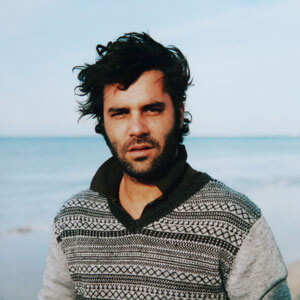Nicolas Dhervillers is a French artist who works in the field of photography. After multimedia and photography studies, he made a name for himself after an historic commission from the Centre Pompidou in Metz. Inspired by cinematic, theatrical and pictorial writing, Nicolas Dhervillers's approach decompartmentalizes the photographic medium.
He works with French Galleries, collaborates with Art Centers and International Museums. He was invited to show his work in many countries like Switzerland, Germany, Korea, China, Netherlands, Usa and to Paris Photo for the past 5 years.
In 2014 and 2015 he will have a solo exhibition at the Helmond Gemeente Museum (NL) then he will be in Australia for an International Festival and in Belgium for the "triennale de Photographie et d’architecture".
All about Nicolas Dhervillers:AAP: Where did you study photography?I studied cinema first, then theater, and then I came to Paris to make a master in Photography and mixed media. I studied with Mr Jean Claude Moineau, my "chief" in terms of theory.
AAP:Do you have a mentor or role model?No, but Jeff Wall influence me off course.
AAP: How long have you been a photographer?10 years, but not a Photographer, maybe an artist is more correct, in a way.
AAP: What or who inspires you?History of art in general
AAP: How could you describe your style?It is a mix between the painting spirit (about the white page), the cinematographic light and the pose of theater.
AAP: What are your projects?Retrospective exhibition in Netherlands.
